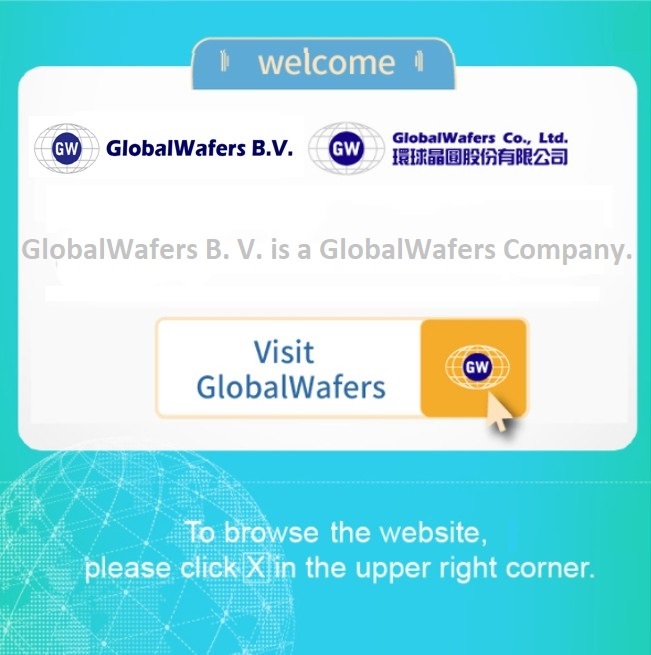This week, Topsil GlobalWafers in Denmark conducted a seminar on the latest innovation and application of Neutron Transmutation Doped (NTD) silicon wafers. The seminar was attended by participants from across the world – from US via Europe and all the way to Republic of Korea and Australia.
The purpose of the seminar was to give scientists, producers and users of the NTD materials an opportunity to update themselves on the latest developments and to share knowledge and experience.
For power semiconductor devices to work at designated high power levels, it is necessary to dope the silicon with donors or acceptor atoms that determine electrical current flow through the bulk of the silicon. Doping silicon crystals with phosphorus by converting silicon atoms to phosphorus atoms using a nuclear neutron transmutation process is the superior technique in terms of doping control, as it effectively removes electrical non-uniformities in the high resistivity silicon crystal. The process of neutron doping of the silicon is conducted at research reactors all over the globe. At the event, representatives of research reactors displayed how the irradiation process is handled professionally. This is no longer an insignificant side-business to their research work, but a highly automated process and the necessary preventive maintenance programs are meticulously planned, in order to keep downtime to an absolute minimum. In addition to the irradiation of silicon, today the research reactors are also involved in very important research and production of medical isotopes for cancer treatment.
Power semiconductor devices based on NTD material is a small but important enabler of technology, and hence life, as we know it today. Without ultrapure neutron doped silicon it would not have been possible to develop modern high speed electrical trains or effective transport of energy from the energy generation sites, such as wind turbines or power plants, to consumers in the large metropoles around the world.
During the seminar it was re-confirmed among the participants that the future outlook for consumption of NTD material is very positive. The megatrends of growing populations, growing middle class and migration toward the urban areas drives increased energy consumption and need for transportation. The research reactors confirmed this expectation through plans to establish additional reactors in the coming years. Plans for the future also confirm the trends of transitioning towards larger diameters. It was reported that 200 mm capacity will be increased and even potential 300 mm is taken into consideration.
Some of the users of NTD wafers presented evidence of direct comparisons of NTD to PFZ (gas phase doped silicon). The conclusion was that minority carrier life time is at similar level and also breakdown voltage, somewhat surprisingly, is at almost the same level. However, data revealed that hot leakage current was higher in all cases for PFZ . Furthermore, NTD yield was in some cases up to 40% higher, which lead to the conclusion that NTD material is a clear winner in high power applications.
Topsil GlobalWafers has been a global leader in NTD material since the 70’s and it is therefore natural for Topsil to host this kind of seminar. Martin Græsvænge Hansen, NTD Process Owner at Topsil says: “We have been more than pleased to see the interest from the irradiation sites around the world. Despite the long journeys, many of the key players have been represented at the seminar”.
The NTD Silicon Seminar was a unique get-together and provided opportunity for knowledge exchange between research reactors, engaged in commercial irradiation of silicon, and device manufactures, who uses the NTD silicon wafers in their production lines. Such an event, bringing people from the NTD silicon value chain – silicon producers, irradiation sites and device manufactures – together, has not been seen since the NTD Conferences back in the 1980’s. It is an important step for continued development of the NTD product in tune with the needs of the final customer.
During the event, Topsil GlobalWafer presented data from a research project conducted in cooperation with Institute of Electronic Materials Technology (ITME) from Warsaw, showing that nitrogen enriched float zone material after NTD treatment displayed substantially less after-irradiation defects, which for example enables manufacturing of better particle detectors, compared with using standard float zone material. Several of the participants were interested to participate in further testing of this new material.
Of special note, a new generation of NTD material that sets new standards for the industry was presented. Topsil was the first company to commercially launch NTD into the market and have been focused on this material ever since. Based on Topsil’s substantial experience and very close cooperation with the research reactors, it has been possible to improve the uniformity of 200 mm NTD wafers significantly. The resistivity variation on the new SNTD material is less than half of the existing material.
Hans Peder Mikkelsen, President at TGW comments: “The new material is a step change in product performance. It will allow our customers to develop even more advanced components and enhance their production yield. Through this, we will be providing our little contribution to the reduction of power losses and, at the end of the day, further improve the efficiency of many high power applications”.



The online Rubik’s solver program can find easily the moves to sove a scrambled cube.


